Each passing year the farmland does not change hands, my appreciation for hedgerows grows. Hedgerows, the pauses between fields of crops, are like punctuation. Like the uneven spaces between my substack posts, they are havens for the creative process. Rocks collect there, with crevices where a garter snake slithers, where lichens creep crustily, where water percolates into roots and soil. Wind-blown seeds fetch up in tangles of tall grass and settle to germinate. Milkweed, joe pye weed, aster, goldenrod, bee balm, boneset. Birds deposit fruit seeds with a personalized glop of fertilizer to become new shrubs, trees, vines. Sumac, serviceberry, wild grape, currant, crabapple, elderberry, black raspberry. The plants weave ever more lattice to collect more seeds, more sun, more nesting birds. Sparrow, robin, meadowlark, bluebird, red-wing, grouse, turkey.
Leaves blow across fields and gather into blankets in the hedgerow in autumn, where tall stems stand upright through snow and wind, hollow shelters for all manner of insect, pod, casing, chrysalis, hive, and web. Moth, butterfly, bee, firefly, dragonfly, praying mantis. In the manner of prayers delivered by wind, by smoke, by flags flapping, I think of hedgerows like a conduit to somewhere, a connecting line, an umbilical. Hedgerows are corridors, providing safe transit across open terrain, waystations dividing the expanse.
If you research hedgerows, your search results will be swamped with UK results where hedgerow preservation is trending. The eradication of hedgerows led to the extirpation of certain birds who depended on them. As I steered my search toward upstate New York I learned mostly about birds (those birders know how to take up space on the internet!) that depend on grassland/farmland/hedgerows to make their living. I learned about the northern harrier and the short-eared owl and how they need open fields to find their prey, but also need a vertical perch eventually: a hedgerow. I learned about the loggerhead shrike, now locally extinct in this former breeding area, maybe due to pesticides decimating its prey, maybe due to pesticides in prey causing egg failure, maybe due to pesticides directly killing birds, just me speculating here. But also, the way a loggerhead shrike skewers a mammal on the spike of a hawthorn tree to feed its babies? (Savage little bird!) It would require a hedgerow with a hawthorn, a field with a vole population, open space and its edge.
Fields without hedgerows are like music without breath, without spaces between the notes. As Ani Difranco says, “half of learning how to play is learning what not to play” and like she also says,
“so we’re led by denial like lambs to the slaughter
serving empires of style and carbonated sugar water
and the old farm road’s a four-lane that leads to the mall
and our dreams are all guillotines waiting to fall
i’m wondering what it will take
for my country to rise
first we admit our mistakes
and then we open our eyes
or nature succumbs to one last dumb decision
and america the beautiful
is just one big subdivision.”
Modifying my search keeps me in Europe, but includes a discussion of the pros and cons of hedgerows in the context of warfare. They impede the advance of platoons, but obscure visibility so the enemy cannot discern the strategy. I learned that the fields of New York state were not always covered in yellow mustard flowers, known as a weed now, but that it was initially planted to produce mustard gas for the war. The longevity of mustard seeds reaches back as far as great grandparents.
Byproducts of war turned into chemicals sprayed across farmland. Farmers removed hedgerows chemically and mechanically from large swaths, systematically homogenizing the landscape under the control of man and machine. The machines grew larger with bigger teeth and wider blades and larger appetites for fuel. This eradication of the hedgerow has (seemingly obvious) consequences for migratory butterflies, to name just one victim.
Just by being, the hedgerow promotes its own growth, and its growth nurtures the growth of all things surrounding it. A hedgerow inadvertently preserves milkweed stands to attract monarch butterflies who will arrive on the wind (like prayers) and lay eggs (a birth of new ideas). The leaves will feed the hatching caterpillars who will stay close, crawling and feeding and curling into a sleeping bag, a soupy womb of becoming, suspended from a sheltered stem. When they emerge and unfurl they will launch from the hedgerow like their great grandparents following a map in their cells or maybe even these hedgerow lines laid across their continent. Like a ladder, like a lattice, like latitude and longitude but alive.


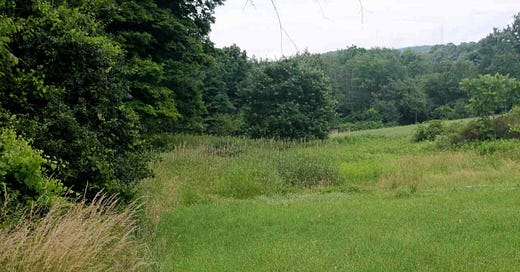



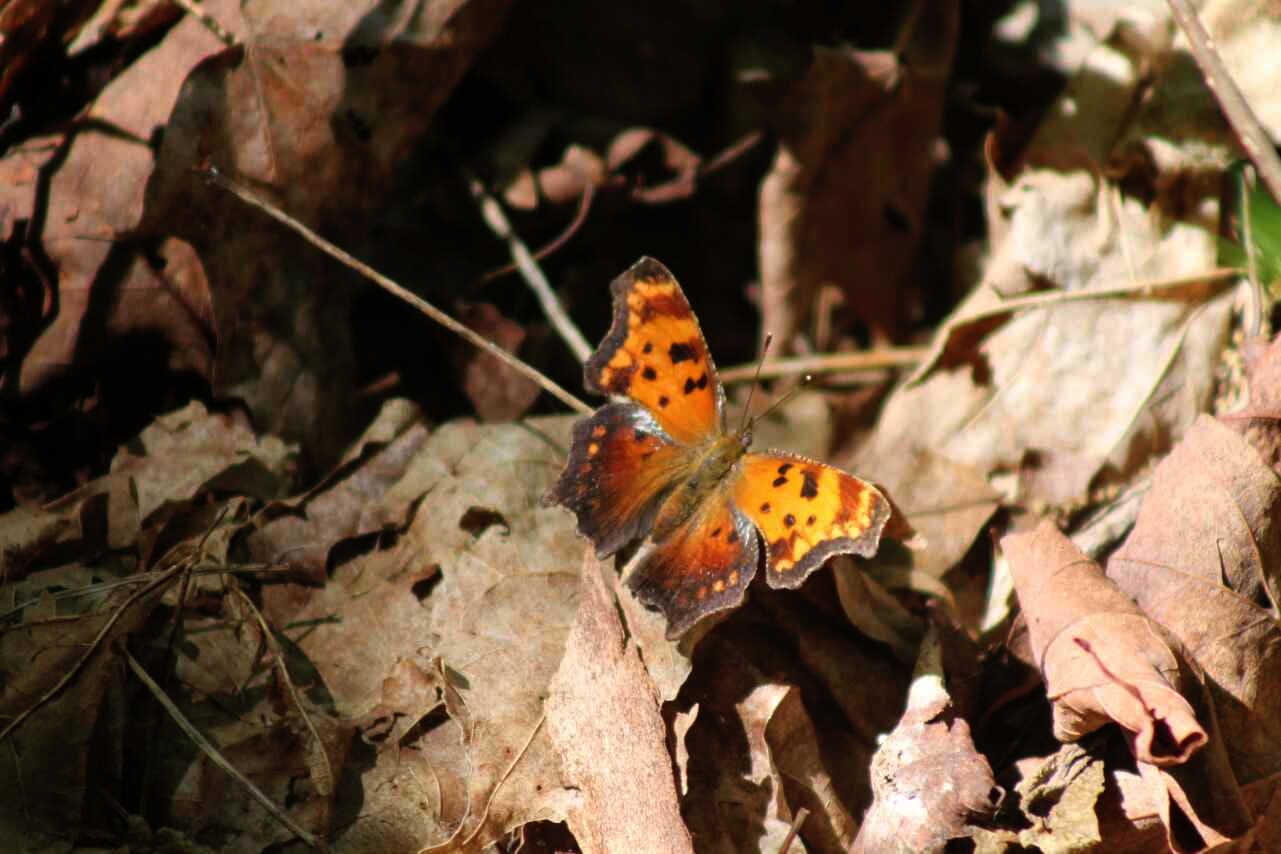

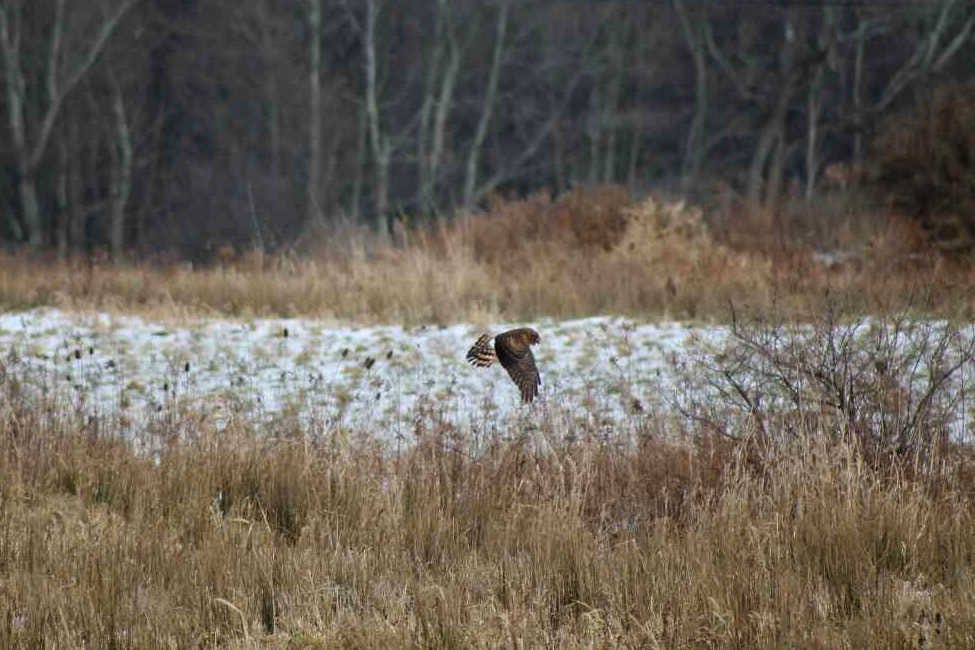
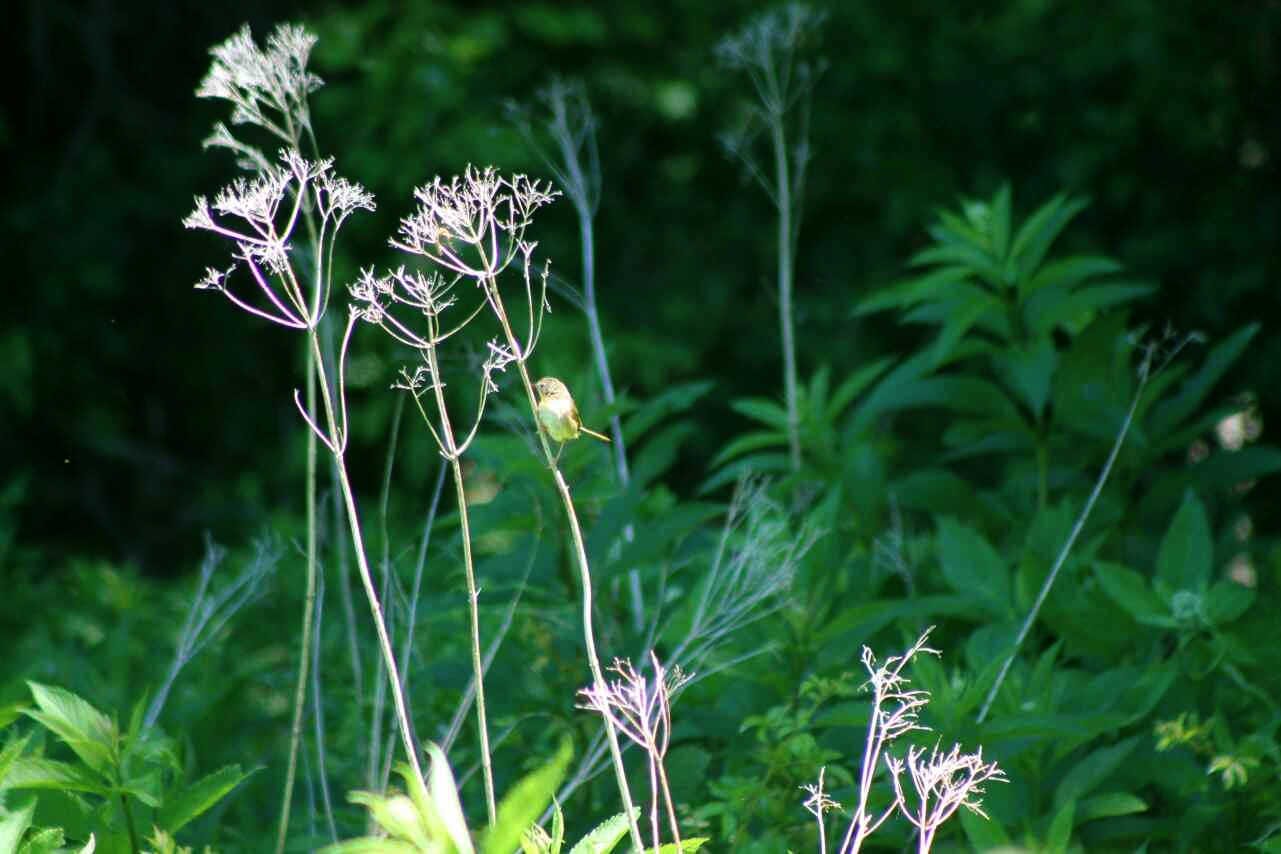
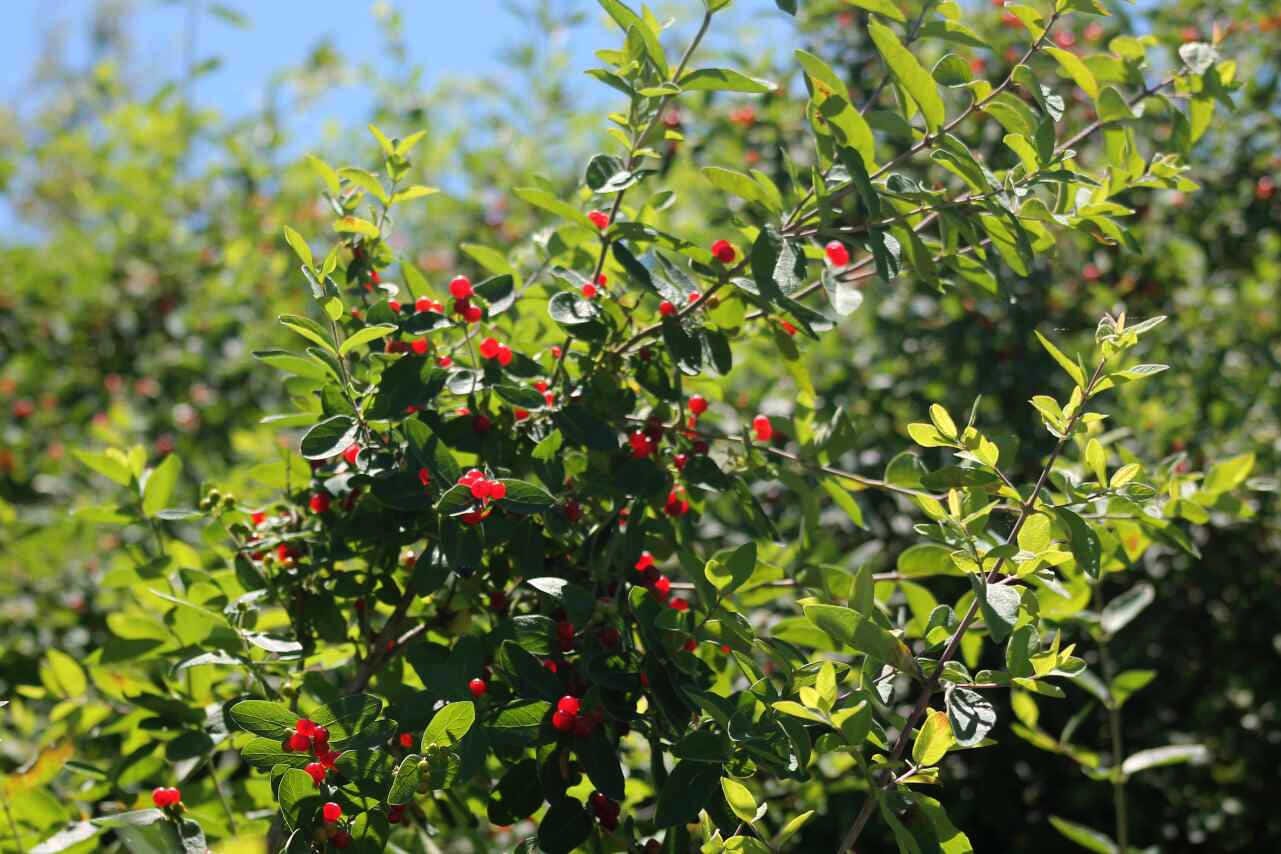
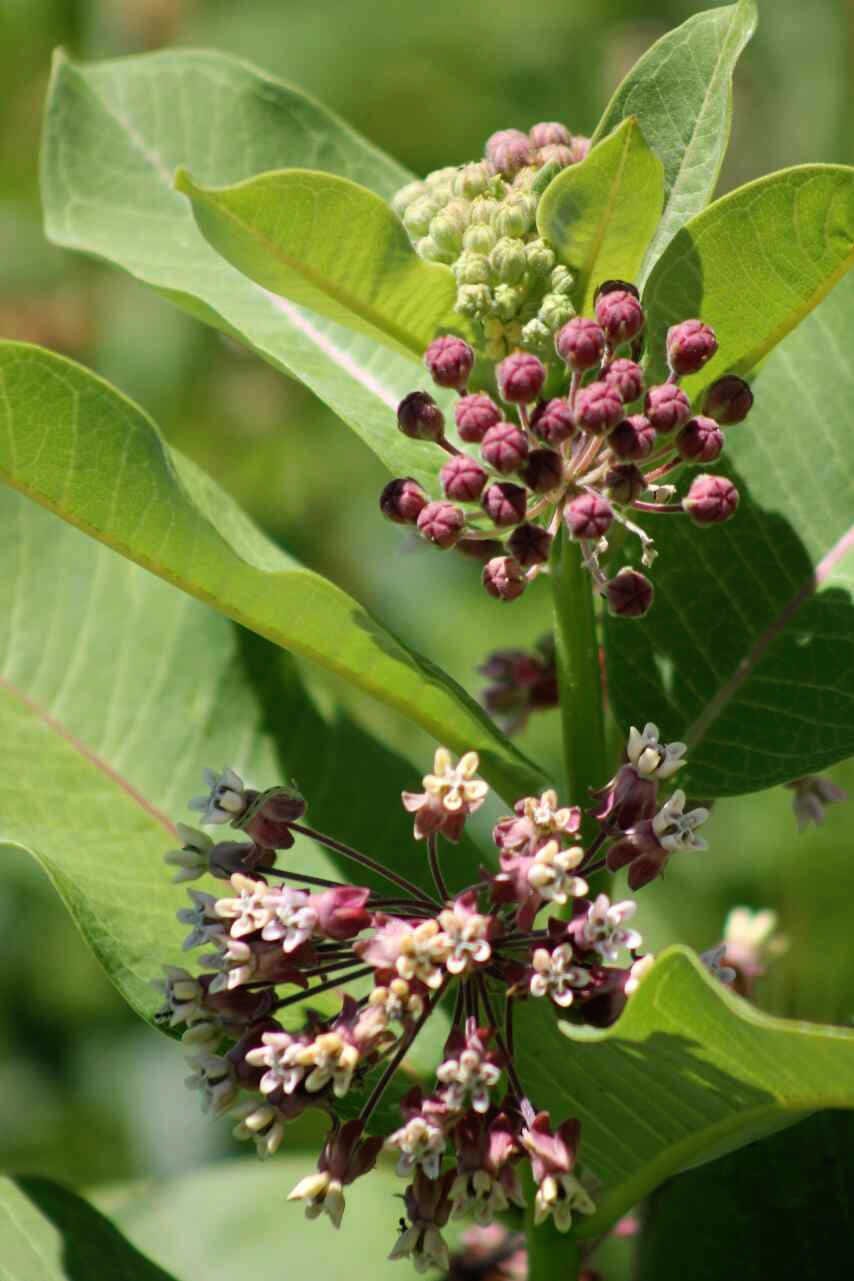
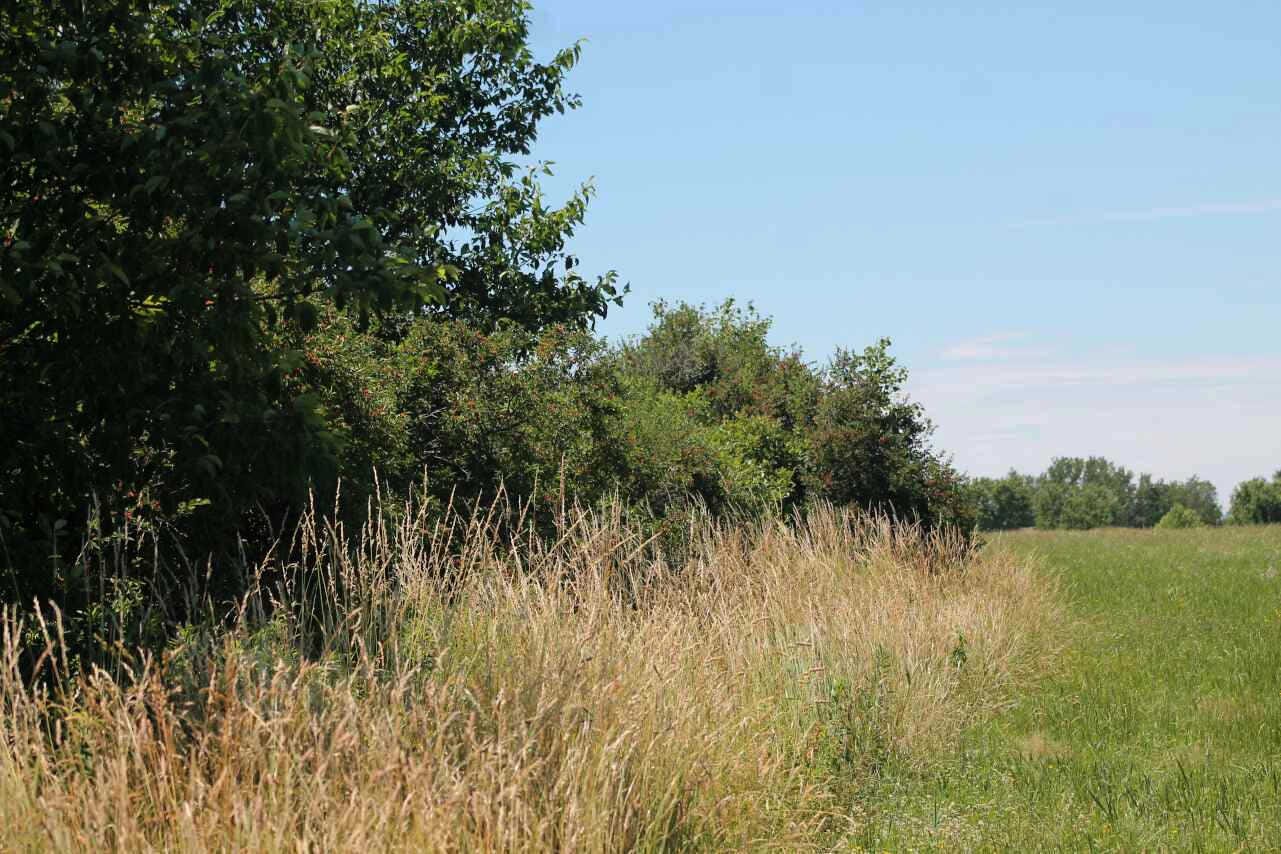
“Hedgerows are corridors, providing safe transit across open terrain, waystations dividing the expanse.”
The hill I live on is farmed by two different families, both intent on outdoing the other with bigger and better machines… when we arrived the whole hill, north and south facing, east and west are mostly forest, was sectioned into small meadows with thick hedgerow partitions… now there are none, both farmers have torn down their hedges to make farming more simple, to make way for their giant machines and the hill has/still is suffering. The land is slipping and much wildlife has disappeared… I try to explain to them the errors of their damaging almost macho ideas but they continue…
Thank you so much for this beautifully written missive of hope that soon the mistaken belief of bigger is better will catch on here in France… in farming, nature doesn’t need vast open spaces!
Catching up here . . . So much to love here, Mary Beth. What a treat to soak in your words like “lichens creep crustily.” And “Fields without hedgerows are like music without breath, without spaces between the notes.” And “a soupy womb of becoming.”
I didn’t know that Ani Difranco song, so thank you (what’s the name of it?). It reminds me of Joanie Mitchell’s “Big Yellow Taxi” —
“They took all the trees and put 'em in a tree museum
And they charged the people a dollar and a half to see them
Don't it always seem to go
That you don't know what you got 'til it's gone?
They paved paradise and put up a parking lot”
Im stunned by the connection between mustard seeds and war, and then your sleight of hand shift straight to mowing down hedgerows in the war of Big Ag. 💕